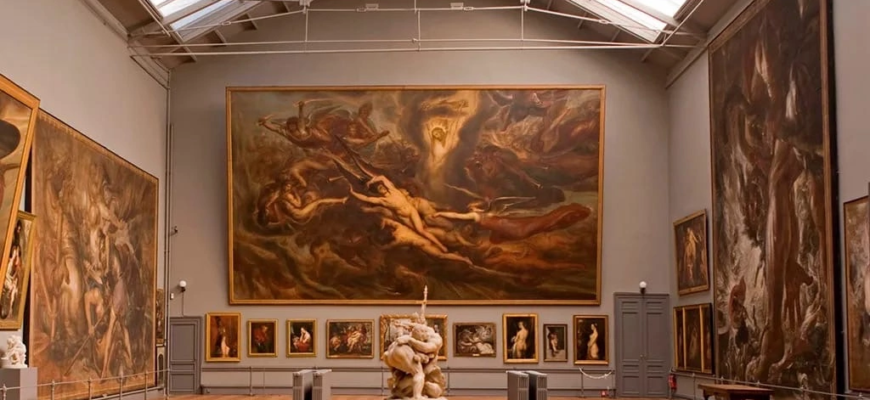This September, after ten years of renovation, the Royal Museum of Fine Arts Antwerp (KMSKA) will open in Belgium.
The Royal Museum of Fine Arts in Antwerp is the richest museum in the country and is dedicated mainly to national art, but also includes works from other European schools of art. The museum evolved from the guild of painters of Antwerp. The Guild was formed in the 14th century by decree of the City Magistrate. The idea was to give painters, sculptors, jewelers and craftsmen the right to form an independent association.
An enormous contribution was made by the old bourgmestre Floran van Ertbourn. He gave the city 141 paintings, all of which were painted using the best techniques of the time. The works belonged to artists of the 15th and 16th centuries.
Even today, this collection is the pride of the Antwerp Museum. Its new building was designed by the burgomaster Leopold de Vall in 1880 by architects F. van Dyke and I. Wynders.
The museum was closed to the public for ten years. The idea of closing it for renovation was realized in 2004 (at that time the Dutch architectural firm KAAN Architecten was chosen to design the basic plan for the renovation and extension of the building). The Royal Museum, founded in 1810, is a monumental building with a Neo-Renaissance style from the end of the 19th century.
A competition was created in which the bureau KAAN was the only one of all the participants to propose extending the area of the museum by filling in the courtyards of the historic building. The idea was realized as follows: an additional building was erected inside the old museum, increasing the area several times over.
The design of the new spaces was done in a modern minimalist style, with alternating volumes, complex lighting and a predominance of white. The main building has been restored and its rooms have retained the rich, intense colors familiar to the Royal Museum: from ‘Pompeian’ red to olive with a touch of gold for the baroque rooms of Rubens and van Dyck. The entire renovation cost €100 million.
The exhibition is currently divided into two large blocks. Works from the 14th century to the 19th century will be housed in historic rooms and grouped by theme and chronology. The Rubens hall will remain as a monographic room.
Works by modernist artists, namely those from the beginning of the 19th century to the end of the 20th century, will be in the new halls. The works of James Ensor, the foremost Flemish painter of the 20th century, will be presented in specially designated rooms.
It is also important to note that all the works that have been selected for the exhibition have undergone a restoration process.
KMSKA’s future plans include an exhibition of masterpieces from the collection of the Museum Boijmans van Beuningen, whose historic building will be closed due to renovation until 2026.








